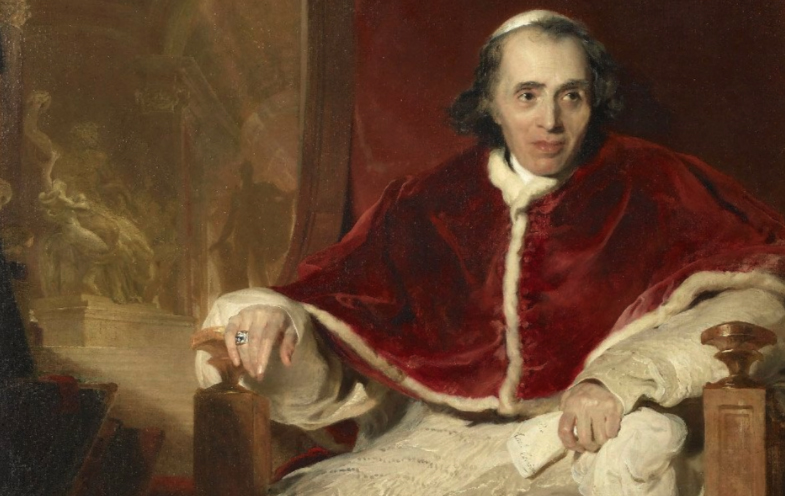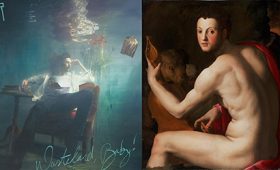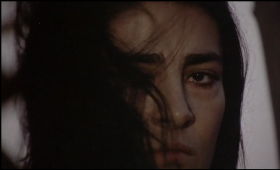Sir Thomas Larence (1769-1830) painted a remarkable portrait of Pope Pius VII (1819)* referencing two mythological sculptural masterpieces from antiquity, the Laocoön and the Apollo Belvedere. Historical and intertextual reasons for this inclusion are worth considering.
Historically: Pius VII (1742-1823) found himself grappling against the resurgent Napoleon Bonaparte for control of Rome and its cultural continuity. Napoleon had exiled from Rome the previous pope, Pius VI, in a program that suppressed the papal authority and established a modern, French-inspired Roman Republic in its place. When Pius VII had reasserted the Church into Italian government, the French intensified their occupation of Rome all the more. Looting Italian cultural patrimony was filling the museums and aristocratic apartments of Paris with Roman antiquities. Pius VII’s intervention came alongside the governments of other European nations until Napoleon eventually was curbed. It was under the leadership of Pius VII that unique treasures such as the Apollo Belvedere and the Laocoön were repatriated to Rome, whence the French had absconded them. Thus, Lawrence’s portrait of the Pope celebrates his leadership. The Englishman tips his hat to Pius’ international leadership in the French folly.
Lawrence paints into Pius’ left hand a letter addressed “Per Ant. Canova” (To Antonio Canova), the great sculptor of the age. The Italian Canova is one particular artist benefited by this papal intervention. Repatriation of classical sculptural masterpieces allowed the sculptor to maintain his homeland as the central of his inspiration. The models for Canovan inspiration are now home where they belong, suggests Lawrence. Indeed, the setting for the sculptures shown over the Pope’s right shoulder is the Braccio Nuovo wing of the Vatican building complex, where the sculptures were housed after their return from France. It’s a heroic celebration for a cultural statesman.
Mythologically: Lawrence is speaking, perhaps, the language of classical mythology. Apollo Belvedere (ApolloANCIENT_Belvedere) and the Laocoön (LaocoonANCIENT_Vatican) are certainly the most monumental of all the artworks looted by the French from occupied Rome. Each has its own books-length history of discovery and reception. But, Lawrence may suggest from the placement of the works that there is mythological intertext at play. Apollo Belvedere depicts the youthful god in the moment of his most heroic act, slaying the Python and thereby establishing safety in the world for prophecy and human development. Laocoön’s story in the Aeneid is captured in the monumental sculpture, as he struggles in the throes death against the serpentine oppressors who have come from afar. Both Apollo and Laocoön are prophetic. Lawrence portrays the trinity of Pope, priest, and god as a partnership that brought culture back to Italian soil and order back to the world.
— * Sir Thomas Lawrence, “Pope Pius VII (1742-1823)” (1819), oil on canvas, Royal Collection inv. no. 404946, The Queen’s Gallery, Buckingham Palace on exhibition (August 2020)
For a thorough discussion of the Lawrence portrait of Pius VII, owned by the British Royal Collection Trust, see https://www.rct.uk/collection/404946/pope-pius-vii-1742-1823


